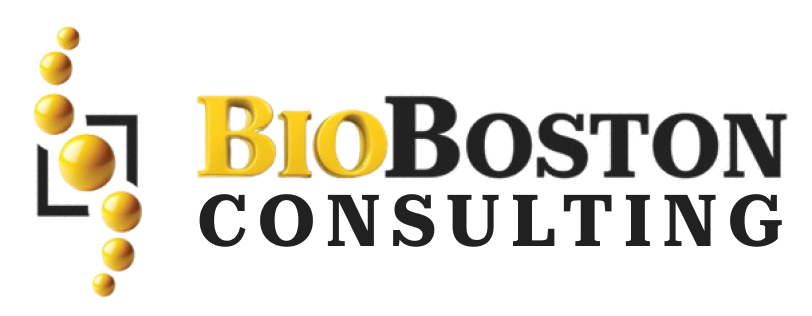Usability testing is a critical element in ensuring the safety and effectiveness of medical devices. As outlined in key regulatory frameworks such as IEC 62366-1:2015, FDA guidelines, and the EU Medical Device Regulation (MDR), manufacturers must prioritize usability engineering to mitigate risks associated with device use errors. Understanding these regulatory requirements is vital for manufacturers aiming to introduce devices to the global market safely.
This article covers the key aspects of usability testing for medical devices, ensuring compliance with international standards, and providing insights into how you can successfully navigate this complex process.
IEC 62366-1:2015 – The Foundation of Usability Engineering for Medical Devices
The IEC 62366-1:2015 standard specifically addresses the application of usability engineering in medical devices. This international standard helps manufacturers assess and mitigate risks associated with normal use and use errors. However, it does not cover abnormal usage, though it can aid in identifying potential risks from such use.
Key points of the IEC 62366-1 standard include:
- A focus on risk assessment related to usability.
- Guidelines for documenting and mitigating use-related risks.
- Applicability across multiple regulatory bodies such as the FDA and the European Commission.
As an essential guideline for manufacturers, IEC 62366-1 applies to all types of medical devices, including software as a medical device (SaMD) and in vitro diagnostic medical devices (IVDs), ensuring their usability aligns with safety requirements.
Usability Testing Under the EU MDR 2017/745: Key Requirements for Compliance
The EU Medical Device Regulation (MDR 2017/745) places significant emphasis on usability testing. While it does not delve deeply into usability details like IEC 62366-1, it does integrate usability testing within its broader General Safety and Performance Requirements (GSPR).
The MDR stipulates that:
- Devices must be suitable for their intended purpose, including intended users and usage environments. This is outlined in the use specification in IEC 62366-1.
- Risk management systems must be employed to evaluate risks, including those arising from normal and foreseeable misuse.
- Mitigation measures must be defined for usability-related risks, emphasizing inherent safety features first, followed by protection measures and user instructions.
FDA Usability Testing Requirements: Human Factors and Validation
In the United States, FDA guidance documents provide clear guidelines for usability testing and human factors engineering. These include:
- Applying Human Factors and Usability Engineering to Medical Devices (Feb 2016)
- Content of Human Factors Information in Medical Device Submissions (Dec 2022, draft)
The FDA requires human factors validation testing to demonstrate that the device can be safely used by the intended users without serious errors or problems under the expected use conditions.
Key components for FDA-compliant usability testing include:
- Representing actual users in testing.
- Testing critical tasks to ensure proper function.
- Ensuring that the user interface reflects the final device design.
- Conditions of use that are realistic and representative of actual environments.
MDR Usability Testing Requirements: Focus on User Experience
The MDR establishes clear guidelines for ensuring that medical devices are designed with usability in mind. Some of the key usability requirements include:
Intended Purpose and Users
The MDR emphasizes that devices must be suitable for their intended use, which includes not only the medical purpose but also consideration for the intended users and the environment where the device will be used. This aligns with IEC 62366-1, which outlines the importance of defining the “use specification” during development.
Analysis of Foreseeable Misuse
The MDR requires manufacturers to analyze and evaluate risks associated with both intended use and reasonably foreseeable misuse. This involves implementing risk control measures, which include:
- Inherent safety features to prevent misuse (e.g., designing a switch that cannot be used incorrectly).
- Protection measures, such as a cover to prevent accidental activation.
- Information for safety, like warnings in the instructions for use.
Ergonomics and Usability Testing
The MDR also requires the manufacturer to address specific risks related to ergonomics, such as:
- Ergonomic design of displays, controls, and interfaces.
- Ensuring that displays are understandable, with clear instructions and information for users.
For laypersons, the MDR demands that devices be easy to use and understand, with clear instructions and training, ensuring safe use without expert intervention.
Annex II: Technical Documentation for Usability Testing
Under the MDR, manufacturers must document all usability-related activities in the technical documentation of the device. This includes:
- A definition of intended users and the environments in which the device will be used.
- Information about devices that will be connected to the medical device, along with testing and validation results.
- For software, tests must be conducted in an actual or simulated user environment to ensure usability.
Manufacturers should be prepared to provide evidence that the device meets both general safety and performance requirements when connected to other devices.
Stay Compliant with Usability Testing Requirements
As the medical device landscape continues to evolve, staying ahead of usability testing requirements is essential to ensure that your device is both effective and safe for end-users. Whether you are navigating the complexities of FDA human factors validation or ensuring compliance with the EU MDR, adhering to IEC 62366-1 is critical for success in global markets.
At BioBoston Consulting, our team of experts can help you navigate these complex usability testing requirements and ensure compliance with all regulatory standards. We offer tailored guidance on usability engineering, risk management, and technical documentation to streamline your medical device approval process.
Ensure the safety and success of your medical devices by booking a consultation with BioBoston Consulting today. Let us help you navigate the regulatory complexities and bring your devices to market with confidence.

